The Poliment-Redut air defense system will receive an anti-ship function
Modern Russian warships of several projects are equipped with the Poliment-Redut anti-aircraft missile system. This air defense system is capable of using several types of guided missiles with different characteristics and hitting targets at short, medium or long range. In addition, measures have been taken to expand the functions of the air defense system. After recent modifications, it can attack surface targets, and in the future it will be able to hit coastal targets.
From project to service
The promising shipborne air defense system 9K96 "Redut" (later "Poliment-Redut") was created at the Moscow Central Design Bureau "Almaz" (now part of the Almaz-Antey concern) since the early nineties. The goal of the project was to create a new shipborne air defense system compatible with several types of missiles, incl. new development. Due to this, they planned to ensure the ability to hit air targets over a wide range of ranges.
At the beginning of the 9s, the Redut project reached the stage of testing and installation of finished systems on carrier ships. The first product to receive the 96K20380 product was the Soobrazitelny corvette, the first production ship of Project XNUMX. Subsequently, the following ships of this and other types began to be equipped with such air defense systems. At the same time, the designation “Poliment-Redut” appeared - the code of the compatible radar was included in the name of the air defense system.
By the end of the 9s, “Redut” at Soobrazitelny passed preliminary tests, after which the next stage of inspections began. Over the next decade, the 96KXNUMX product demonstrated its potential. As testing continued, new types of missile defense systems were brought in. During such events, the ability of the complex to combat standard air targets was first tested. In addition, additional possibilities were explored.
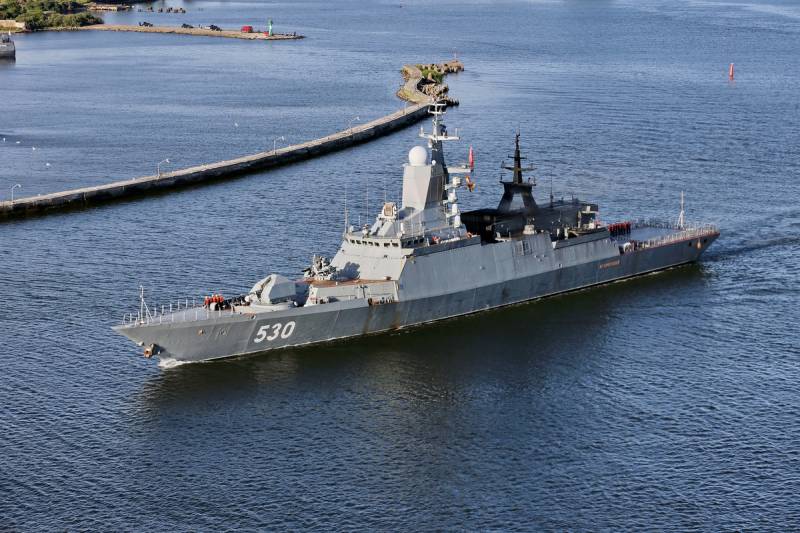
Lead ship pr. 20380 "Guarding". In front of the superstructure, the "Dirk" ZRAK is visible - the corvette has not yet received the "Poliment-Redut"
State tests of the Poliment-Redut air defense system were completed only by the end of the tenth years. Based on their results, the complex was recommended for adoption. By this time, the product was in serial production and was already installed on several types of ships. Some of the carriers were accepted into the Navy, and new ones were expected to be delivered.
With advanced features
The main part of the fire tests of the 9K96 complex involved firing at various air targets. Launches of other kinds were also carried out. Thus, in June 2014, it became known that the Poliment-Redut of the Soobrazitelny ship for the first time attacked a surface target simulating an enemy ship with an anti-aircraft missile. The launch was carried out in a difficult jamming environment, but the rocket completed its task.
Subsequently, carrier ships of the 9K96 product repeatedly performed similar firings and confirmed its ability to hit surface targets. At the same time, in official communications from the Ministry of Defense and in the news The media on this topic did not name the specific types of missiles used. Published photo and video materials also did not allow unambiguous identification of models and modifications of ammunition.
The latest news about testing an anti-aircraft complex as an anti-ship one arrived just the other day. On October 9, the Izvestia publication, citing its sources in the Ministry of Defense, reported the successful completion of tests of anti-aircraft missiles in a modified version. Now modernized missiles with anti-ship missile functions will be included in the ammunition load of several types of ships equipped with Poliment-Redut.
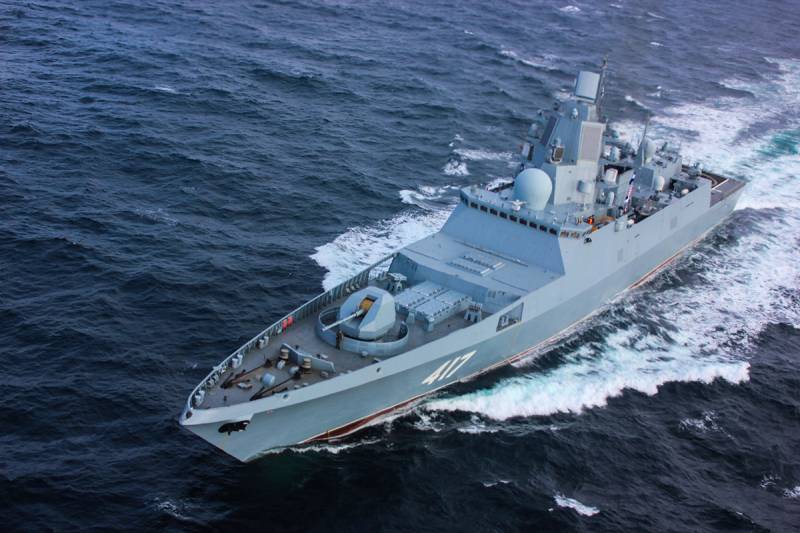
Frigate "Admiral Gorshkov" pr. 22350. 32 cells for 9M96 and 9M100 missiles are visible behind the artillery installation
At the same time, the development of missiles and the expansion of their functions does not stop. Izvestia writes about a new modification of the existing missiles, as a result of which they will be able to destroy ground targets. They cannot yet say how soon testing of such products will begin and when they will enter service.
Technical potential
The 9K96 Poliment-Redut product is an anti-aircraft missile system for surface ships, designed to detect and destroy air - and now surface - targets over a wide range of ranges. The air defense system includes short, medium and long range missiles, which provides increased flexibility and improves overall effectiveness.
Depending on the type and equipment of the carrier ship, the operation of the 9K96 air defense system is provided by the Furke-2 or Poliment radar station. Thus, the latter, created specifically for use with Redut, includes four phased arrays with all-round visibility and a target detection range of up to hundreds of kilometers. Each of the Poliment antennas can simultaneously track 4 targets and provide them with fire. In addition, the complex's radar can transmit target designation to other anti-aircraft weapons of the ship.
All types of missiles are used with a unified vertical launcher. PU has a modular architecture; each module has four cells for transport and launch containers for missiles. Depending on the available volumes inside the hull, the ship receives from one to three such modules. Compatible missiles of all types use a “cold” start with ejection from the TPK using a special powder charge.
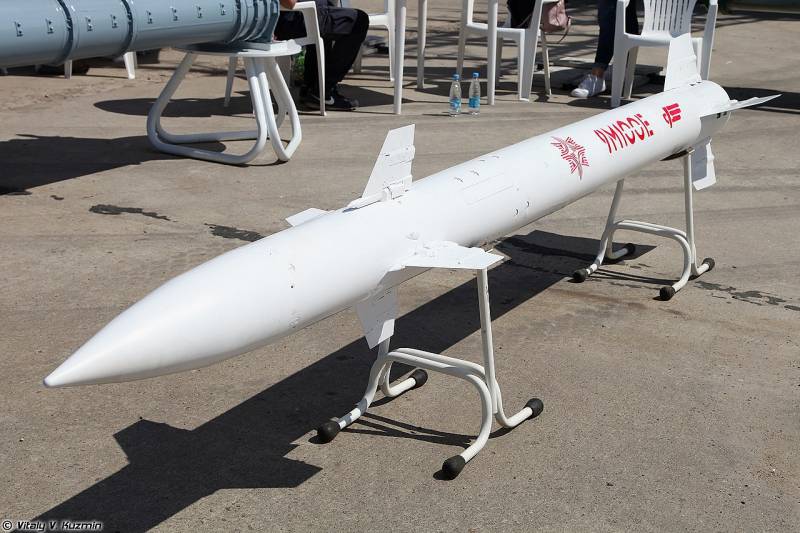
9М100 rocket
As part of the Poliment-Redut project, two main missiles and their modifications were developed. To hit targets at long and medium ranges, different versions of the 9M96 missile defense system are used. The longest range is shown by the 9M96E2 and 9M96E2-1 products - 120 and 150 km, respectively. The 9M96 missile has a launch range of 50 km. The 9M96 series missile defense systems are made in housings 5-5,6 m long with a diameter of 273 mm. Weight – up to 600 kg with a 24 kg warhead. An UVPU cell can accommodate one TPK with such a missile defense system.
The 10M15 short-range missile is designed to destroy objects at a distance of up to 9-100 km. It has a length of approx. 3,2 m and diameter 200 mm. The reduced diameter of the rocket made it possible to place four containers in one cell of the launcher.
The 9M96 medium- and long-range missiles use a combined control system. Flight to the target area is carried out using inertial navigation according to pre-entered coordinates. Then the active radar homing head is turned on, ensuring proximity to the target. The 9M100 product uses an infrared seeker. At the same time, the vertical launch required the introduction of a turnaround system in a given direction after exiting the TPK.
The first carriers of the 9K96 Poliment-Redut air defense system were corvettes Project 20380. They receive three UVPU modules with 12 cells, placed between the artillery mount and the superstructure. The Fourke-2 radar is used. It should be noted that “Poliment-Redut” is available only on serial corvettes of Project 20380. The lead ship “Steregushchy” received different anti-aircraft weapons due to delays in the development of the air defense system. However, during a future modernization it will be equipped with a new 9K96.
The modernized corvette project “20385” is distinguished by an elongated hull. Due to this, it was possible to place another launcher module below the deck and increase the number of cells to 16.
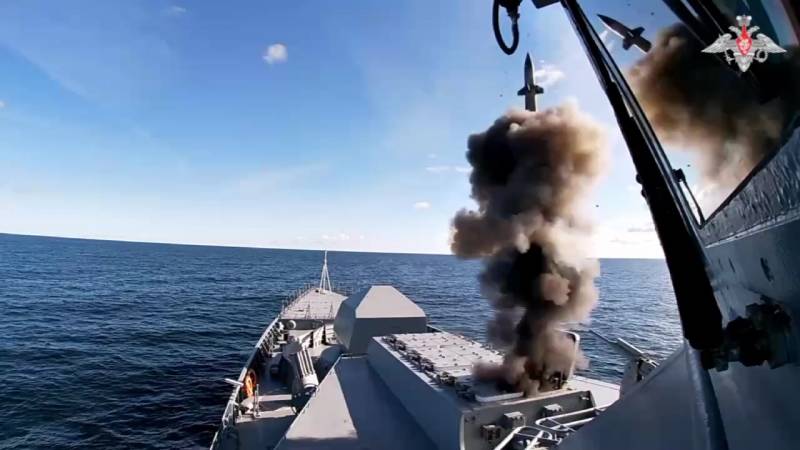
Corvette "Stoikiy" fires the "Poliment-Redut" air defense system
The frigates of Project 22350 carry twice as much ammunition for the Poliment-Reduta. They also have eight modules of four cells each in the bow part of the deck. In addition, such ships are initially equipped with the Poliment radar with a set of phased arrays and related equipment.
Dual use
To date, the Russian Navy has included nine corvettes, Project 20380, and all of them, with the exception of the leading pennant, carry the modern 9K96 air defense system and can use different types of missiles. The lead corvette of the updated Project 20385 with similar capabilities was also commissioned. Frigates of Project 22350 are not yet distinguished by their large number - there are only two such ships in service.
There are eight corvettes, project 20380/20385/20386, at various stages of construction. One frigate, Project 22350, will soon be transferred to the Navy, and eight more such hulls are under construction or at least under contract.
Thus, in the medium or long term, all of our main fleets will include several dozen frigates and corvettes carrying the Poliment-Redut anti-aircraft missile system and other guided missile weapons. At the same time, it cannot be ruled out that such an air defense system will be used in future warship projects.
Corvettes Project 20380/20385/20386 and frigates Project 22350 use the Uran missile system as the main strike weapon to combat enemy ships. Based on the results of recently completed work, they will be able to use the Poliment-Redut air defense system in an anti-ship role. It should be noted that in terms of combat characteristics, its missile defense system is inferior to the specialized anti-ship missile system X-35, but surpasses it in flight characteristics.
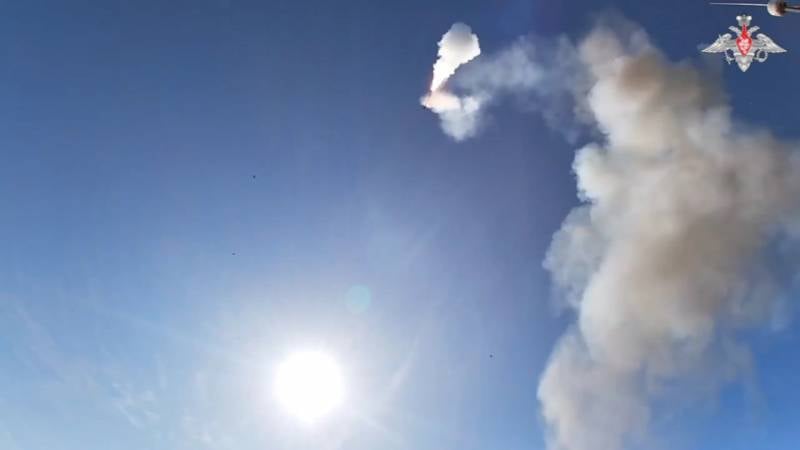
SAM "Reduta" makes a turn towards the target
Work is reported on the creation of new modifications of the 9M96 and 9M100 missiles to engage ground targets. Such products will become a kind of addition to the Caliber missile system, used with the 3S14 universal firing systems. The 9K96 missile defense system is inferior to the Caliber cruise missiles in terms of range and warhead, but has a higher speed and has homing capabilities.
Versatility and flexibility
The modification of the standard Poliment-Redut air defense system and its missiles for firing at surface and, in the future, ground targets is of great interest. By receiving updated missile defense systems, a warship of one type or another retains all its capabilities in the context of air defense and at the same time increases its strike potential. At the same time, anti-aircraft missiles do not become the only “surface-to-surface” weapons and complement existing systems.
In terms of their characteristics, anti-aircraft missiles outperform existing anti-ship missiles and water-to-surface products, but are inferior to them in other respects. However, together they form a weapon system with broad strike capabilities and the ability to attack targets over a wide range of ranges. In addition, the ship's crew will be able to select ammunition that best suits the specific situation and intended target.
In general, the current revision of the 9K96 Poliment-Redut air defense system is useful and promising. It will improve the combat qualities and potential of modern and future types of ships. At the same time, new combat capabilities were obtained at minimal cost - only minor modifications to individual units and software were required. This simplicity of the project is an additional important advantage.
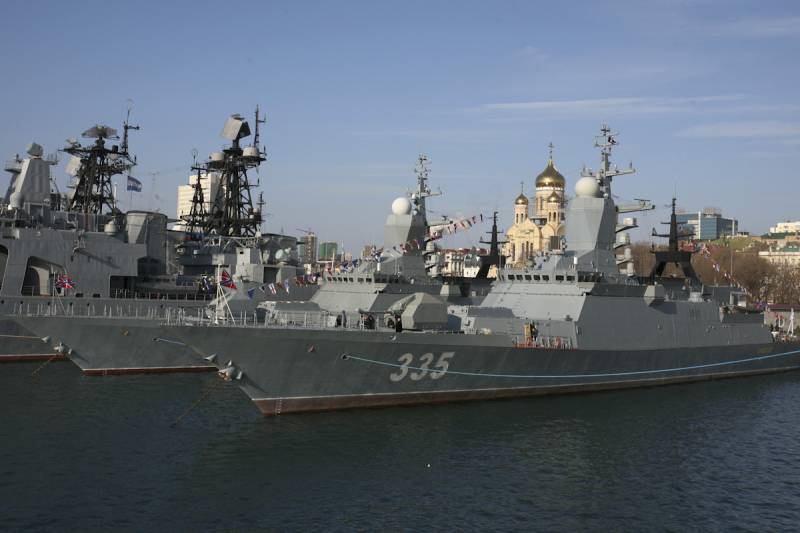
Information